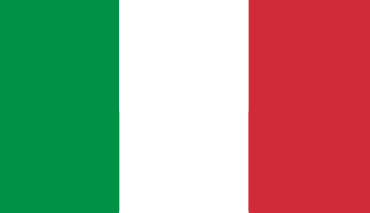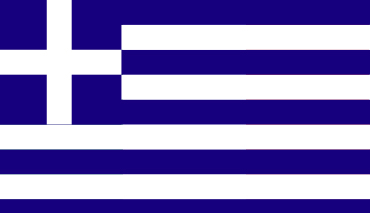Milan is the capital of fashion, design and the Italian economy, but not only that. In addition to the postcard Milan, that of Piazza Duomo, the Galleria Vittorio Emanuele II and the Castello Sforzesco, symbols of Milan's ancient wealth, there is the Milan of Leonardo Da Vinci, who put his architectural genius to work to make the canals navigable, recently restored and a place of nightlife, and donated one of his greatest masterpieces: Cenacolo.
Fly to the international city of Milan, let yourself be carried away by the city's rhythm at different times of the day: start with visits to historic sites, exhibitions and museums, treat yourself to a risotto alla milanese, rest in the shade of Parco Sempione and finally enjoy an evening of fun on the picturesque Navigli. From Malpensa airport, Lake Maggiore, Como and Iseo are easily reachable, as well as the cities of Bergamo, Monza, Pavia and Vigevano.
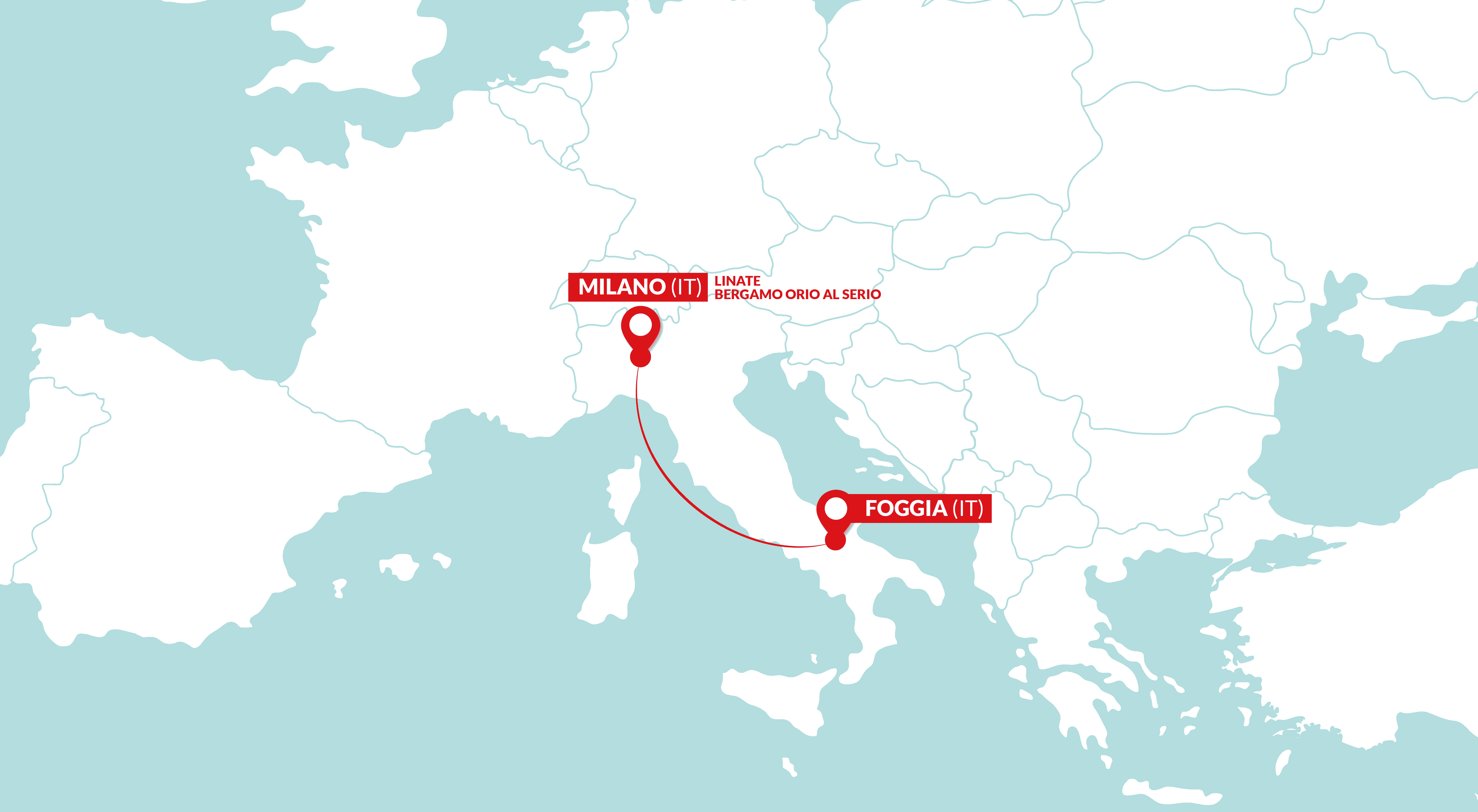

The most significant example of Gothic architecture is certainly the Duomo, the symbol of the city, with its wonderful stained glass windows and beautiful sculpted decorations on which the famous golden copper statue of the Madonnina stands out. Visiting the church on a beautiful sunny day, you can enjoy a wonderful view of the city and the Alps from the terraces. The Duomo of Milan is as refined as it is imposing, 157 meters long and 108.50 meters high, it contains 3,500 statues, including 96 giant gargoyles. All tickets include: visit to the Cathedral, Archaeological Area, Duomo Museum and Church of San Gottardo.
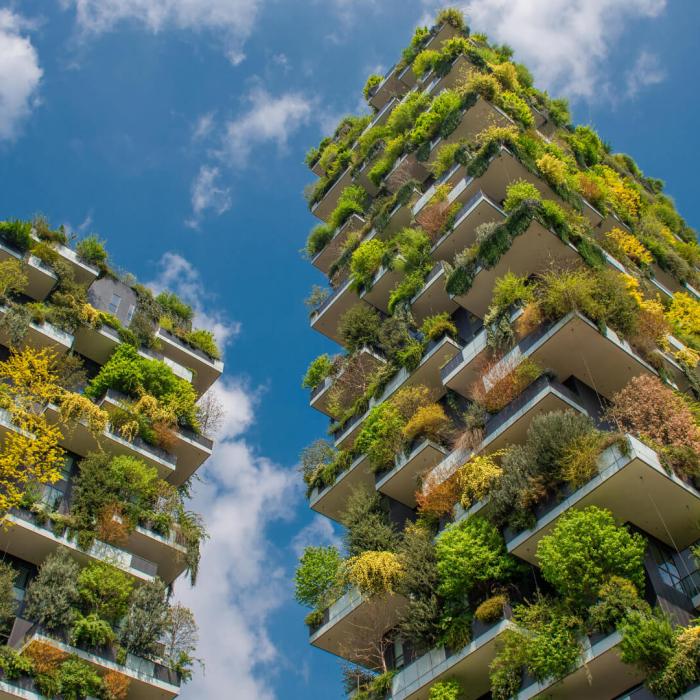
The Isola and CityLife districts in Milan are united by the presence of green areas, such as gardens and flower gardens, and large innovative buildings: the iconic Bosco Verticale and the new Tre Torri. CityLife is home to a renowned Shopping District mall and modern buildings that are the residence of celebrities, contrasting with the Art Nouveau buildings in the background.
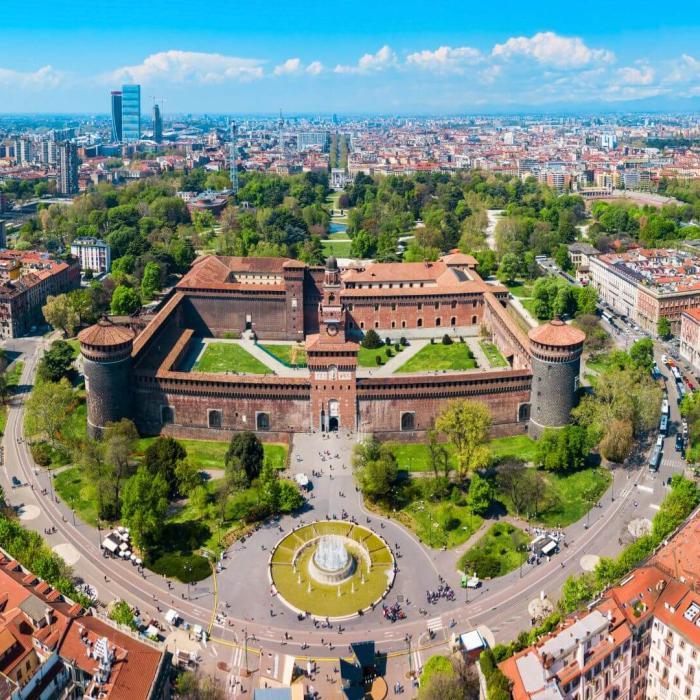
The Castello Sforzesco has accompanied the history of Milan for 750 years. Even today it is one of the largest castles in Europe and is used to protect the artistic and cultural heritage of Lombardy, hosting various museums. The Castle contains some masterpieces of Italian art: the Pietà Rondanini by Michelangelo, the frescoes by Leonardo, the Madonna in glory and saints John the Baptist, Gregory the Great, Benedict and Jerome by Mantegna in the Pinacoteca and the extraordinary cycle of tapestries depicting the twelve months by Bramantino. The gardens of the Castle can be visited free of charge and continue with the Parco Sempione and the Arco della Pace.
Navigli and new Darsena:
The Navigli system was born with the ambitious project of connecting Milan with Lake Como, the Adda, Lake Maggiore and the Po, reaching northern Europe and then to the sea. Today there are cycle paths, boats, relaxation areas alongside the traditional taverns, boutiques and artists' shops that are reflected in the long stretch of water.
Fashion Quadrilateral:
In addition to the Galleria Vittorio Emanuele II, Milanese shopping is distinguished by a concentration of luxury brands unique in the world in the so-called Fashion Quadrilateral formed by: Via Montenapoleone, Via della Spiga, Via Sant'Andrea and Via Manzoni. Here you can experience future trends in advance. In the heart of Milan there is also The Highline Outlet, to find many brands at discounted prices.
Museo del Novecento:
The Palazzo dell'Arengario houses a collection of over 400 works of Italian art. From the famous “Quarto Stato” by Giuseppe Pellizza da Volpedo to great authors of the 20th century such as Picasso, Braque, Klee, Kandinsky and Modigliani. There are also exponents of Futurism such as Balla, Boccioni, Carrà, Depero, Severini and Soffici. The 20s and 30s are represented by de Chirico, Morandi and an entire space dedicated to Marino Marini. On the third floor there are works by informal artists and the 50s and 60s with Piero Manzoni and artists from Azimuth. The fourth floor is all for Lucio Fontana with the large “spatial ceiling”. There is no lack of Kinetic and Programmed Art, Pop, analytical paintings and conceptual art from the second half of the century.
Leonardo da Vinci’s Last Supper:
The very famous Last Supper by Leonardo da Vinci is kept inside the refectory of the Dominican convent of Santa Maria delle Grazie in Milan.
The Pinacoteca di Brera:
It was founded in 1776 as a collection of significant works intended for the training of students of the Academy of Fine Arts. The Pinacoteca di Brera differs from other Italian museums because it does not originate from private collecting, but from state and political collecting: when Milan was proclaimed the capital of the Italian Kingdom by Napoleon, paintings expropriated from churches and aristocrats arrived in Brera. The collection is very rich with some of the most famous works in the world: from the Supper at Emmaus by Caravaggio to the Dead Christ by Mantegna, from the Brera Altarpiece by Piero della Francesca to the Marriage of the Virgin by Raphael, up to the painting of Romanticism par excellence: the Kiss by Hayez. The collection reaches up to the 20th century with works by Braque, Modigliani, Picasso, Morandi and De Chirico.
Galleria Vittorio Emanuele II:
The so-called living room of Milan was built to keep up with the urban developments of the great European capitals of the first half of the 19th century. The bright covered passageway that connects Piazza Duomo and Piazza della Scala (from the Teatro alla Scala of the same name) is now a place for romantic dates, luxury shopping and elegant dinners.
Typical cuisine:
The protagonist of Milanese cuisine is butter, used in most dishes, from risotto to Milanese cutlet to panettone. Another typical Milanese first course is the “busecca”, made with stewed tripe. Among the second courses, the best known and most appreciated is the Milanese cutlet, but let's not forget the Ossobuco: a slice of stewed veal or beef shank. The “cassoeula” on the other hand is a very rich dish, made with cabbage and the poor parts of the pig such as the rind, head, ribs and feet. Moving on to desserts, panettone and colomba originate in the Milanese capital. Dairy products are among the typical products of the area: stracchino, mascarpone, grana di Lodi and, obviously, gorgonzola.
